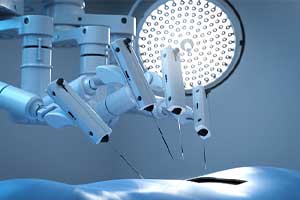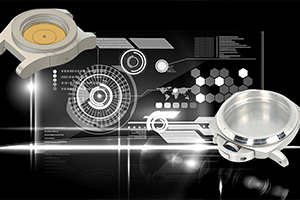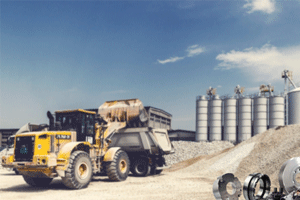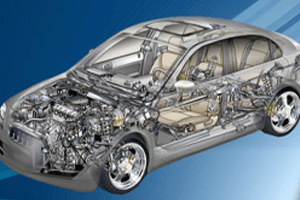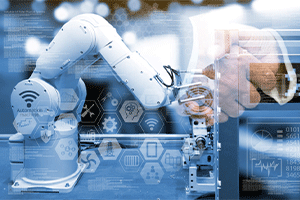Electronic
The electronics industry is one of the largest industrial sectors in the global economy. It encompasses a wide range of products, from large consumer electronics to miniaturized electronic components. Even Apple had to ditch other manufacturing methods and rely on CNC machining for MacBook’s unibody enclosure.

There are 5 ways CNC machining technology you can see how it helping businesses
overcome the challenges associated with electronic parts machining.
1. Casings and Enclosures
2. Printed Circuit Boards (PCBs)
3. Heat Sinks
4. Sockets and Connectors
5. Semiconductors
1. Casings and Enclosures
Casings and enclosures are a staple in most electronic products to keep electronic components in place, they also protect fragile components from external hazards like liquid and dust, as well as bumps.
Although die casting is a widely used process for fabricating these enclosures, but CNC produce more complex geometries and achieve tighter tolerances. CNC also offer higher strength compared with die casting and injection molding.
Apple relies heavily on CNC machining processes to fabricate the iPhone, iPad, and unibody shell of the MacBook. MacBook casings are carved out from an extruded block of aluminum using CNC machines. The keyboard holes and “thumbscoop” (the sleek recession that allows you to open the display lid) are also created using CNC milling machines.
CNC machining is fast becoming a more reliable and preferred method.

2. Printed Circuit Boards (PCBs)
Printed Circuit Boards (PCBs) electrically connect electronic components using conductive pathways made of copper and laminated onto a non-conductive base material.
The conductive pathways on most PCBs are made using a process of chemical etching.The PCB designer covers thedesired pathways before submerging the board in ferric chloride solution. This solution removes the uncovered areas of copper, leaving behind the desired circuit layout.
However, chemical etching has its drawbacks; prolonged exposures to ferric chloride causes skin and eye irritation, increases iron-buildup in the body, and ma y damage the liver. It also requires extensive waste disposal procedures.
CNC machining eliminates these challenges and is used as an
alternative to etching. The desired copper network channelsare designed using CAD/CAM software and created using ahigh-precision CNC milling machine.
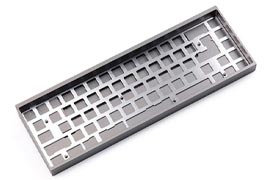
Advantages of machined PCBs,
● Unlike etching, CNC machining doesn’t require chemicals
● Can be made in-house, ideal for prototyping
● Fast turnaround
● Easy to design and execute with CAD/CAM software
● Brings multiple operations together under one machine
3. Heat Sinks
All electronic devices and circuitry feature components that generate heat during operation. Heat sinks serve the purpose of transferring the heat from the components to a liquid coolant or air.
CNC machining technology is the most popular method of machining heat sinks. Using the CNC milling machine, a machinist can easily fabricate heat sinks with complex geometries out of metal blocks.
CNC machining technology offers faster turnaround, more material or metal options, and tighter tolerances than injection molding. What’s more? CNC machined heat sinks have higher thermal conductivity than bonded heat sinks.
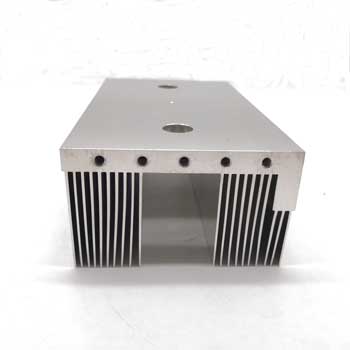
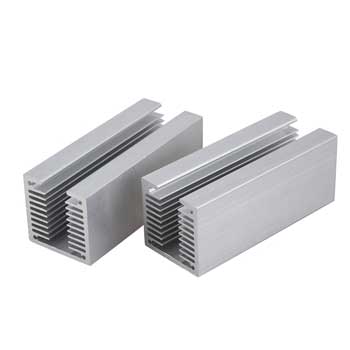
4. Sockets and Connectors
Machined connectors made through electronic parts machining
Electronic devices are designed to communicate with other devices, and this is achieved through the use of sockets and connectors. A socket is an opening that fits another device with matching pins or connectors, thereby allowing the transmission of electrical, electromagnetic, or optical signals.
Sockets and connectors come in different shapes, sizes, functionalities and require very tight tolerances during manufacture. A slight error during fabrication means the connection between devices will fail.
CNC plays a big role in the manufacture of these components, primarily because it allows product designers to fabricate complex geometries while ensuring a fast turnaround. Additionally, with CNC machining, tooling costs are minimal, and prototypes can be easily modified using CAD/CAM software.
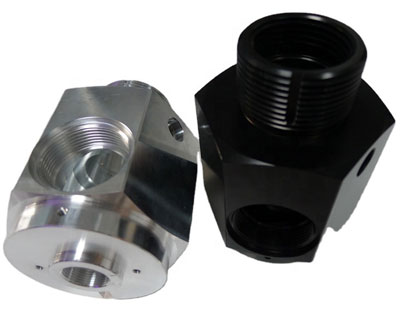

5.CNC Machining for Semiconductor Industry
Semiconductor refers to the material with electrical conductivitybetween conductor and insulator at room temperature. Semiconductors make today's technological marvels in the electronics industry possible. They can perform the function of vacuum tubes having hundreds of times their size, yet an increasingly competitive semiconductor market demands smaller, more precise package designs.
CNC machining is critical to producing semiconductor components, primarily because of its accuracy and ability to process a wide range of materials. Rapid CNC machining services can manufacture machined semiconductor components through processing materials with conductivity between conductor and insulator like silicon, alumina, sapphire, aluminum nitride, silicon nitride, etc. Semiconductor CNC machining parts are widely used in various electronic components and integrated circuits.
Example of our parts used in the Semiconductors equipment

Other applications for electronics industries

Inspection for electronic components
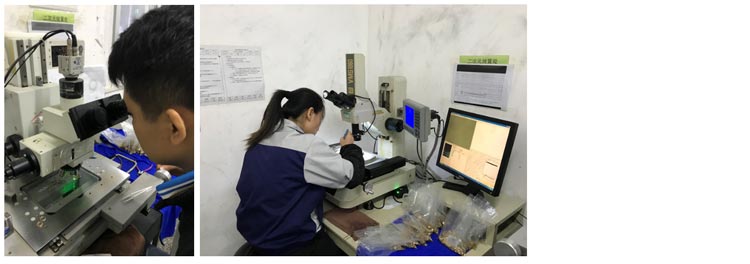
We have the knowledges and experiences to build any components for your need. We’ll work with you to assess your situation, pls feel free contact us to start your new project .



